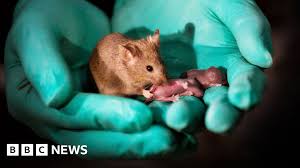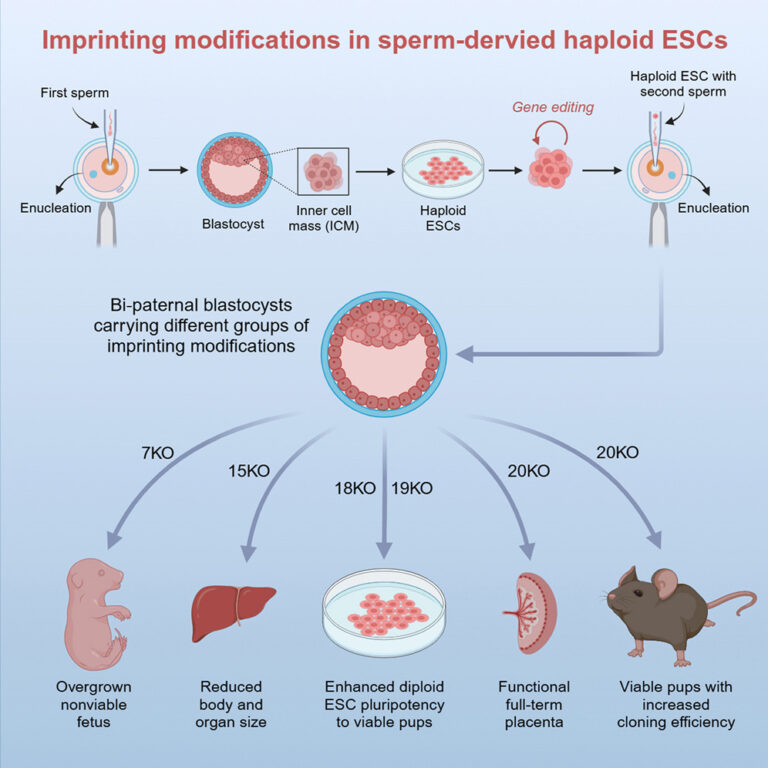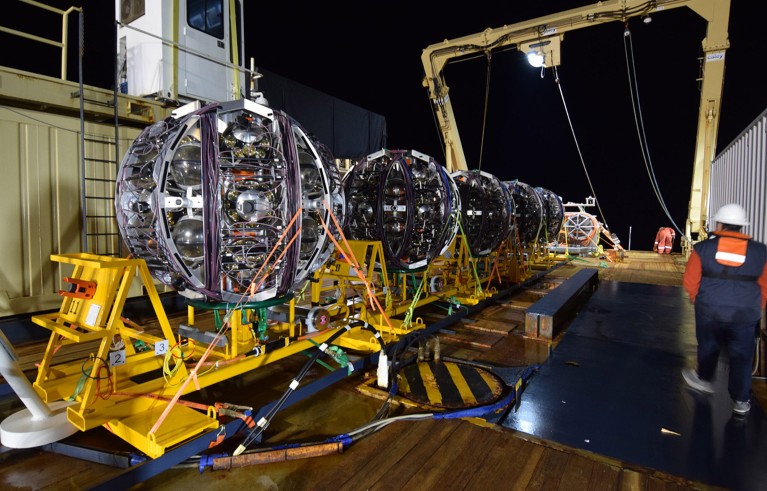- Courses
- GS Full Course 1 Year
- GS Full Course 2 Year
- GS Full Course 3 Year
- GS Full Course Till Selection
- Answer Alpha: Mains 2025 Mentorship
- MEP (Mains Enrichment Programme) Data, Facts
- Essay Target – 150+ Marks
- Online Program
- GS Recorded Course
- Polity
- Geography
- Economy
- Ancient, Medieval and Art & Culture AMAC
- Modern India, Post Independence & World History
- Environment
- Governance
- Science & Technology
- International Relations and Internal Security
- Disaster Management
- Ethics
- NCERT Current Affairs
- Indian Society and Social Issue
- NCERT- Science and Technology
- NCERT - Geography
- NCERT - Ancient History
- NCERT- World History
- NCERT Modern History
- CSAT
- 5 LAYERED ARJUNA Mentorship
- Public Administration Optional
- ABOUT US
- OUR TOPPERS
- TEST SERIES
- FREE STUDY MATERIAL
- VIDEOS
- CONTACT US
Scientists Breed Mice Without a Mother
Scientists Breed Mice Without a Mother
15-03-2025

Recently, scientists in China have successfully bred baby mice using DNA from two male parents through stem cell technology.
What is Stem Cell Technology?
- Stem Cells: Stem cells are unique cells that have the ability to develop into many different types of cells in the body. They are the only cells capable of generating specialized cells, such as muscle, nerve, or blood cells.
- Stem Cell Technology: This refers to the use of stem cells to repair or regenerate tissues and organs, offering vast potential for medical applications, including treatments for diseases and organ regeneration.
How Was It Made Possible?
- CRISPR Technology: The team used CRISPR—a powerful gene-editing tool that allows for precise modifications in DNA. It stands for Clustered Regularly Interspaced Short Palindromic Repeats and acts like molecular scissors to edit genes in living organisms.
- Imprinting and Gene Expression: Normally, during fertilization, when a male sperm fertilizes a female egg, there is a duplication of genes. For proper embryo development, one copy of each gene is typically silenced. However, when genetic material comes from two male parents, there is a risk of double silencing of genes, which could lead to developmental issues. This is known as imprinting abnormality.
- Imprinted Genes: These are genes that are expressed differently depending on their parental origin (from the father or mother).
- Imprinted Genes: These are genes that are expressed differently depending on their parental origin (from the father or mother).
- Overcoming Imprinting Abnormality: The team faced the challenge of imprinting, where genes from two sperm would both be silenced, leading to developmental problems. To overcome this:
- Gene Editing: The team used CRISPR to knock out 20 imprinted genes in the sperm, removing the silencing effect and making the genetic material suitable for embryo development.
- Gene Editing: The team used CRISPR to knock out 20 imprinted genes in the sperm, removing the silencing effect and making the genetic material suitable for embryo development.
- Creating the Embryo:
- The team cultured cells with sperm DNA to collect stem cells in the laboratory.
- They then used CRISPR to modify the 20 imprinted genes.
- These modified cells were then injected into egg cells that had their own nuclei removed, effectively replacing the female egg's genetic material with the DNA from two male mice.
- Creating a Placenta: Since male cells lack the ability to form a placenta, an embryo shell was used in the experiment. This provided the necessary cells to create a placenta, which is essential for the nutrients and protection of the embryo.
- Transferring the Embryo: The resulting embryos were then implanted into the uterus of female mice, where they developed into baby mice.
- Ensuring Success: Before fertilization, the imprinting genes were modified to ensure that only one copy of each gene was expressed in the offspring. This improved the success rate for producing bi-paternal mice.

Impact of the Study
On Healthcare:
- Imprinting Disorders: This research could help scientists treat and develop drugs for genetic disorders related to imprinting, where abnormal gene expression leads to diseases.
- Understanding Genetic Disorders: The findings will contribute to a better understanding of various genetic disorders and could pave the way for cures or therapies.
- Stem Cell and Regenerative Medicine: It also addresses some limitations in stem cell and regenerative medicine research, especially in applications like organ transplantation.
On Ecology:
- Livestock Breeding: The techniques developed could revolutionize livestock breeding, enabling the selection of desirable traits in animals.
- Conservation of Endangered Species: The research could also help save critically endangered species, such as the northern white rhino, by enabling reproductive technologies that do not rely on female eggs.
On Social Implications:
This breakthrough opens new possibilities for gay male couples or even single men to have biological children without needing a female egg, thus potentially altering the landscape of reproductive technologies in the future.
Ethical and Technical Concerns
While the achievement is groundbreaking, experts have raised concerns regarding the ethical and technical aspects of applying this method to humans.
Technical Concerns:
- Sperm Cells Specialization: Mature sperm cells are highly specialized and are difficult to revert into other types of cells. This limits their potential for gene editing and development.
- Unestablished Lab Procedures: Many of the lab techniques used in this study have not yet been refined for use with human cells, making human applications highly uncertain.
- Low Success Rate: The success rate of creating viable embryos using this method is extremely low. In the study, nearly 90% of embryos did not make it to birth, highlighting the method's current limitations.
Ethical Concerns:
- Animal Rights: The use of animals in experiments where only a few survive and those that do often develop disorders raises significant ethical questions about animal welfare.
- Risk in Human Research: The low success rate makes it unethical to attempt similar research on humans, as the risks are too high. Human embryos could suffer from significant health issues.
- Health Consequences: Knocking out genes in human cells could lead to unknown health consequences. The long-term effects are largely unpredictable.
- Interference with Natural Laws: This technology might be seen as interfering with nature, raising concerns about the potential societal and moral consequences of altering human reproduction at such a fundamental level.


